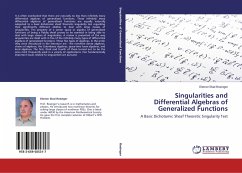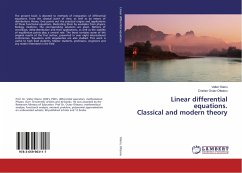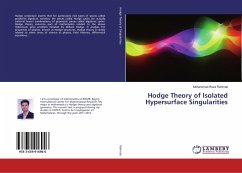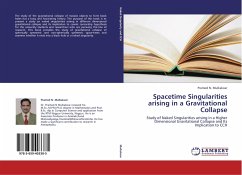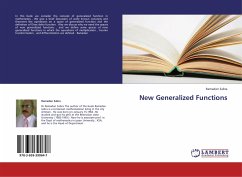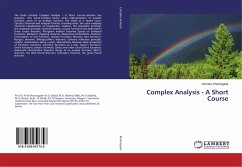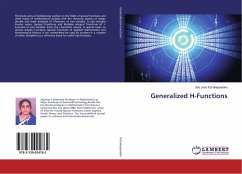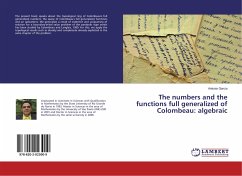It is often overlooked that there are naturally no less than infinitely many differential algebras of generalized functions. These infinitely many differential algebras of generalized functions are equally naturally subjected to a basic dichotomic sheaf theoretic singularity test regarding their significantly different abilities to deal with large classes of singularities. The property of a vector space or algebra of generalized functions of being a flabby sheaf proves to be essential in being able to deal with large classes of singularities. A review is presented of the way singularities are dealt with in five of the infinitely many types of differential algebras of generalized functions. These five types of algebras, in the order they were introduced in the literature are : the nowhere dense algebras, chains of algebras, the Colombeau algebras, space-time foam algebras, and local algebras. The first, third and fourth of them turned out to be the ones most frequently used in a variety of applications. Five fundamentally important issues related to singularities are pursued.

